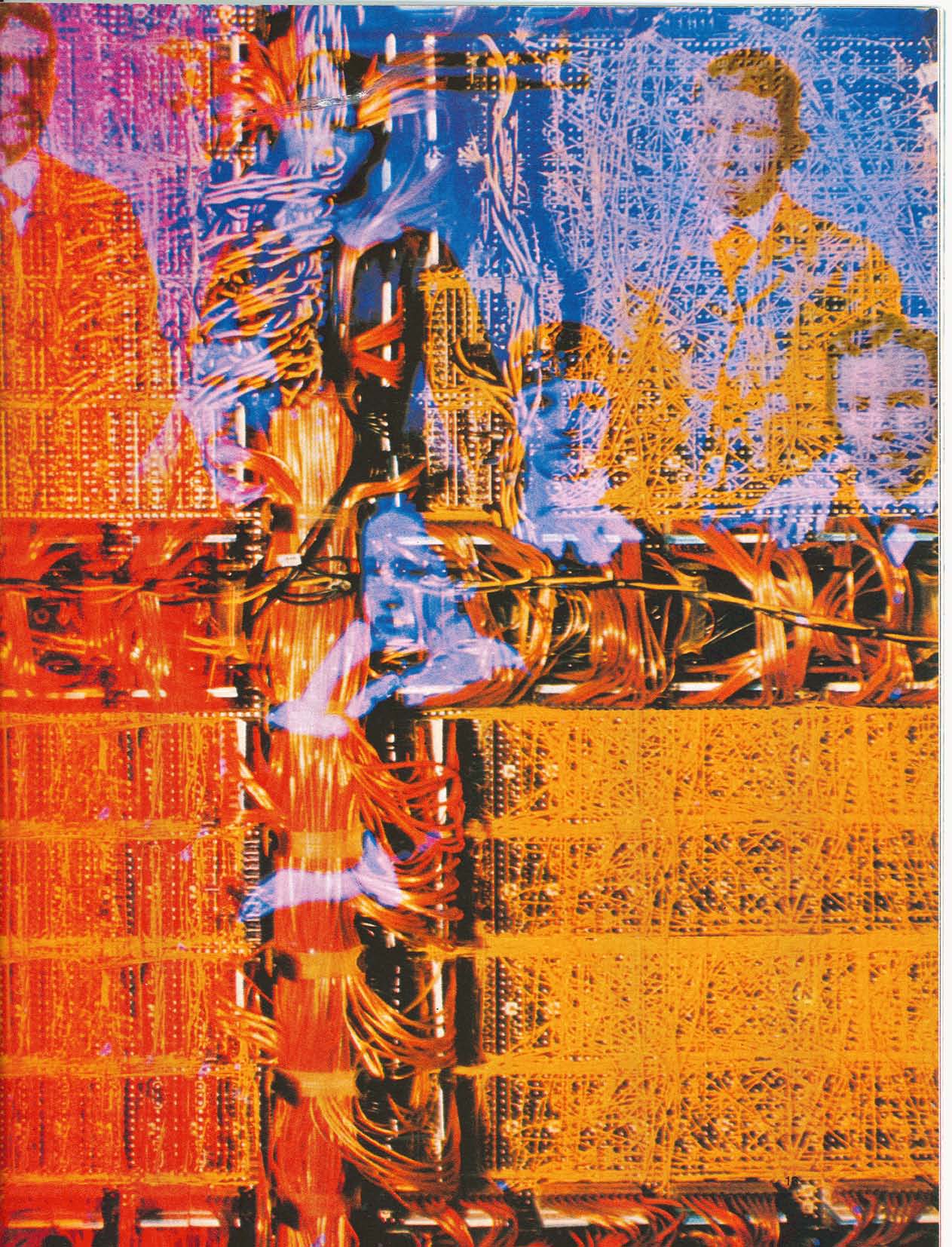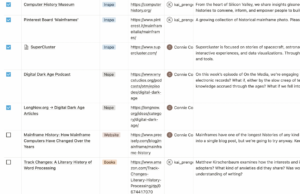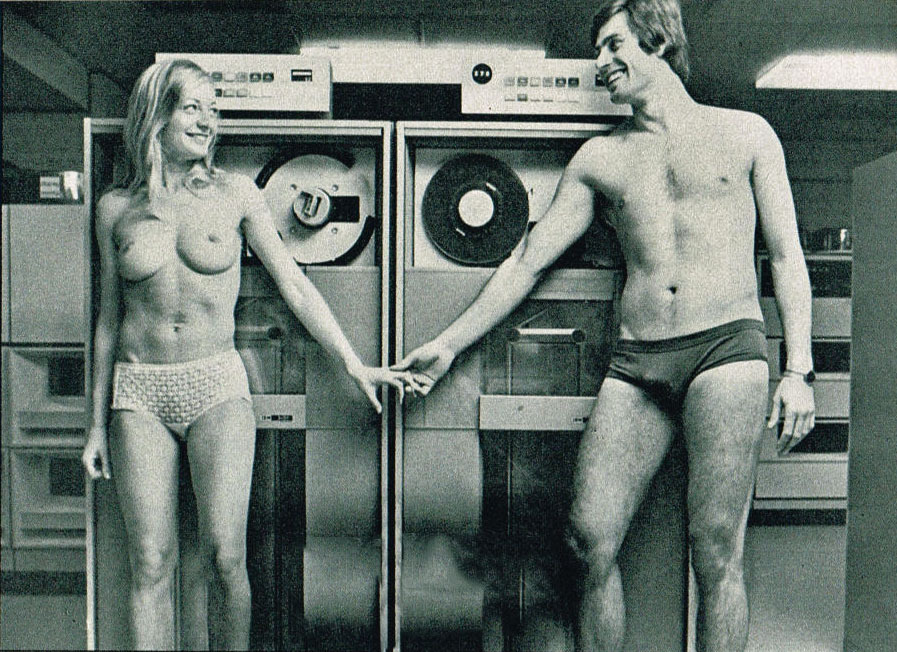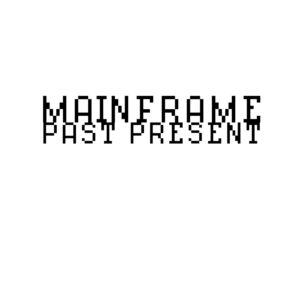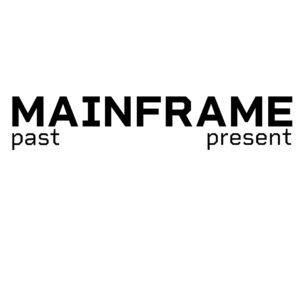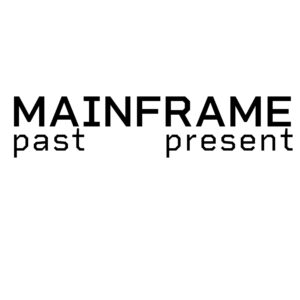If change is inevitable, predictable, beneficial; doesn’t logic demand that you be a part of it? (Captain James T. Kirk, speaking to Spock in the Star Trek: TOS episode Mirror, Mirror)
I confess that when I was writing out “Technical Coordinator’s Log,” I almost put Stardate instead of Week. This is a sure sign that the technical coordinator has been watching too much Star Trek.
As we move toward the mid-point of the semester, I have been considering how best to build, expand, and modify the website. The platform is up and running through WordPress, via the CUNY Academic Commons. There is a contact page; one of multiple menu options on the top toolbar. There is a blog, a homepage, and a contributor’s page.
None of the more mundane aspects of website building are causing me much trouble at the moment, as I am intimately familiar with WordPress’ suite of tools. I’ve been running my own author’s blog since 2016 on WordPress, and have acquired skills throughout the past six years which have served me well in this project.
What truly concerns me is how to make our website more accessible. Our core values include accessibility for all, and as someone with a disability, I am very sensitive to the needs of those who also have disabilities, no matter the form they take or the age at which they were acquired. I am still struggling to make the text-to-speech function work on WordPress, and hope to iron that out within the next week.
I have also been playing with the font size, in order to make the site more accessible to the visually impaired without sacrificing aesthetics or clarity. Additionally, I have already installed a toolbar that sits at the left side of the screen, allowing users to toggle between a combination of high-contrast, grey-scale, and large-font modes.
I have been exploring other avenues of making our website more accessible and have compiled a list of websites that will be helpful in making it so.
Our audience consists largely of homebound, elderly individuals, so I also wish to make our website simple to navigate and easy to use. I wish to suggest a logical path for the journey the user could potentially take, in exploring the website.
I will also be researching websites that are highly rated in terms of accessibility, to study them for inspiration.
I confess also that I never noticed issues of accessibility until I, myself, became disabled. I cannot discern how much of this is due to the fact that I acquired my disability as a pre-teen, and how much can be attributed to the general lack of awareness of accessibility problems and solutions on behalf of the able-bodied and non-disabled population. Either way, I now notice elements on all levels of infrastructure – both in the physical and the digital world – that are deeply problematic. I always return to the example of the MTA’s new, ‘modern,’ leaning bars, which are hostile to the elderly, the disabled, and the homeless. Only the latter of these populations were being directly targeted, yet the leaning bars acted to the detriment of many more citizens.
What might be a mere inconvenience to some can become an insurmountable barrier to others. Inaccessible subway stations with levels and levels of stairs might not do much more than briefly wind the able-bodied, but to a mother with a stroller, or a person in a wheelchair, it takes the ‘public’ out of public transportation.
We all struggle in our own ways. It is part of the human experience. But how can we be fully human, if all of us are not given a fair chance to overcome those struggles? How can we proclaim equality for all, when our neighbors and friends and family members and fellow human beings must face barriers that can be, at times, insurmountable – barriers we take for granted, and maybe grumble about; barriers we should be rethinking and re-envisioning and redesigning.
Change is inevitable, absolutely, and is predictable to a certain degree, but it’s up to us to ensure it is beneficial for all of us – that every adult might benefit, and that every child might grow up in a brighter future. It is not mere logic that demands this; it is something stronger – empathy. It is only through our empathy for all people that we, too, are rendered fully, completely, vibrantly human. I want to be part of a world where walls are torn down, and barriers are dismantled, piece by piece, so that we may, all of us, emerge, triumphant, into a better future.
Ultimately, I want our website to reflect that vision.

